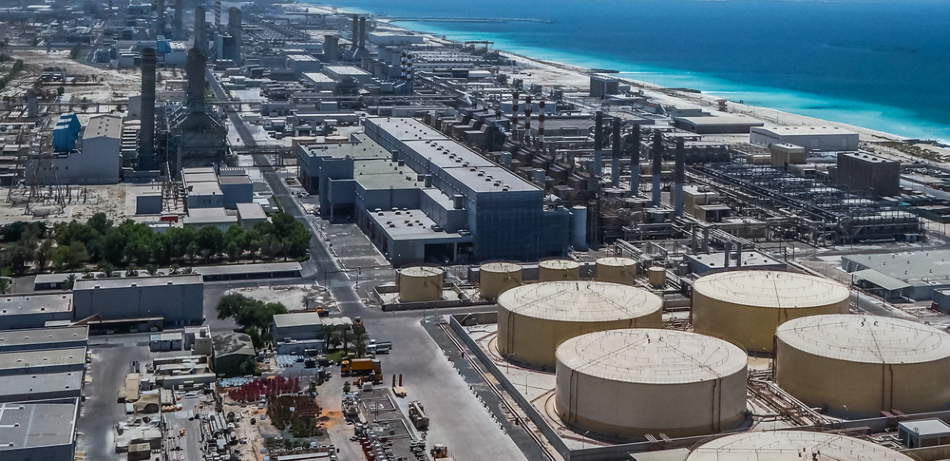Oct 9 2020
The crystallization of salt particles within different parts of the device is the most vulnerable aspect of water desalination technologies. Such clogging causes performance to decrease over time, thus affecting the robustness of these devices. Dealing with this issue is crucial to ensuring the steady production of freshwater over time.
 Image Credit: Stanislav71/Shutterstock
Image Credit: Stanislav71/Shutterstock
Advanced nanostructured materials with anti-clogging properties have been recently suggested, with the potential of reducing salt accumulation. However, the exorbitant cost of these materials renders the mass production of commercial prototypes a real challenge.
Beginning from this issue, a group of engineers from the Energy Department of the Politecnico di Torino (SMaLL), in partnership with the Massachusetts Institute of Technology (MIT), have methodically investigated the mechanisms behind the movement of salt particles in desalination devices.
The research commenced after observing a discrepancy between experimental observations and classical theoretical models of salt transport. Specifically, the engineers of the Politecnico di Torino, after over two years of numerical and laboratory studies financially supported by the Compagnia di San Paolo (MITOR project) and the CleanWaterCenter (CWC), have revealed that this large variance in the salt transport is because of what is called the Marangoni effect.
Based on this finding, scientists from the Politecnico di Torino (Matteo Morciano, Matteo Fasano, Eliodoro Chiavazzo, and Pietro Asinari, who is also the Scientific Director of National Institute of Metrological Research—INRiM) and of MIT (Svetlana V. Boriskina) have built a prototype that can sustainably desalt seawater and spontaneously remove the salt collected during operation.
The Marangoni effect also occurs in nature and can be seen in day-to-day life: “In an aqueous solution, liquid molecules interact with each other through intermolecular bonds that generate forces called ‘cohesion forces’.”
Two solutions with different concentrations will have different cohesion forces. The presence of this concentration variation, and therefore of cohesion forces, causes the liquid to flow away from regions of low concentration, generating a re-mixing process. This effect is responsible for the ‘tears’ of wine that are observed on the walls of the glass when shaken.
Matteo Morciano, Researcher and Study First Author, Energy Department, Politecnico di Torino
Morciano continued, “The Marangoni effect, due to a change in concentration in the liquid, can therefore be engineered and exploited to increase the re-mixing of solutions with different concentrations. In our desalination device (where the treated solutions are based on seawater at different concentrations), this phenomenon allows avoidance of the accumulation of salt in the evaporators, ensuring constant and lasting productivity of distilled water, and safeguarding the components subject to deterioration.”
Our strategy was therefore to design a device capable of taking full advantage of this effect, achieving a further step towards future commercial applications of the device.
Matteo Morciano, Researcher and Study First Author, Energy Department, Politecnico di Torino
In the present version and taking into consideration an area for solar energy absorption of roughly 1 m2, the desalination device can deliver over 15 L of water per day. Moreover, the Marangoni effect makes the salt elimination process up to 100 times quicker than predictions based on spontaneous diffusion, thus supporting a quick restoration of the properties of the parts.
The study results, reported in the esteemed journal Energy and Environmental Science, could have vital implications in the design of advanced desalination materials and devices, thereby enabling them to automatically “self-clean” the collected salt and ensuring steady and enduring performance.
Additional research is presently in progress at the CleanWaterCenter of the Politecnico di Torino, with the goal of making the prototype more versatile and industrializable.
Journal Reference
Morciano, M., et al. (2020) Solar-passive distiller with high productivity and Marangoni effect-driven salt rejection. Energy and Environmental Science. doi.org/10.1039/D0EE01440K.
Source: http://www.polito.it